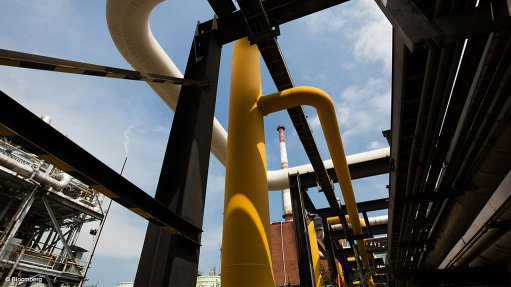
ADVANCED TECHNOLOGIES Petronas has selected Axens as a technology provider for its Rapid project in Pengerang, Johor, Malaysia
Malaysia national oil and gas company Petroliam Nasional Berhad (Petronas) has selected international provider of advanced technologies, catalysts, adsorbents and services Axens as technology provider for Petronas’s Refinery and Petrochemicals Integrated Development (Rapid) project, in Pengerang, Johor, Malaysia.
The Rapid project is part of Petronas’s Pengerang Integrated Complex (Pic) development, which includes six major associated facilities, namely the Pengerang cogeneration plant, regasification Terminal 2, an air-separation unit, a raw water supply project, and a liquid bulk terminal, as well as central and shared utilities and facilities.
Developed on a 2 526 ha site, Pic forms part of Johor’s Pengerang Integrated Petroleum Complex, and falls under Malaysia’s Economic Transformation Programme to establish new engines of growth for Malaysia while meeting future energy requirements and strengthening Petronas’s position as a key player in the Asian chemicals market, focusing on differentiated and speciality chemicals. The Rapid project is estimated to cost $16-billion, while the associated facilities will involve an investment of about $11-billion. The Pic refinery start-up is scheduled for early 2019.
Meanwhile Axens was initially selected in October 2010 for a detailed feasibility study, after which its technologies were selected, following an open bid in January 2012 on the basis of the best net present value, as well as proven long-term operating experiences supported by its technologies and catalysts’ specific features, thus, providing additional benefits for the project.
The following technologies from Axens were selected for the Rapid project: naphtha hydrotreating, which is a process that purifies naphtha by removing dienes, olefins compounds, sulphur and nitrogen species, with a feed capacity of 21 000 barrels per stream day (bpsd); octanising a continuous catalytic regenerative reforming process for maximising the production of reformate from heavy hydrotreated naphtha, with a feed capacity of 14 000 bpsd for this unit; Prime-K – a catalytic process for hydrotreatment of a kerosene cut, with smoke point improvement and deep desulphur- isation, and a feed capacity of 30 000 bpsd; and R2R – a residue fluidised catalytic cracking (RFCC) process that includes a double regenerator; the process also includes a propylene recovery section.
The capacity of the RFCC unit is 140 000 bpsd of feedstock in two trains. Another technology is the Prime G+ catalytic process, aimed at desulphurising fluid catalytic cracking petrol while minimising octane loss. It includes a selective hydrogenation reactor and splitter, and hydrodesulphurisation reactor and stabiliser. The feed capacity of this unit is 75 000 bpsd.